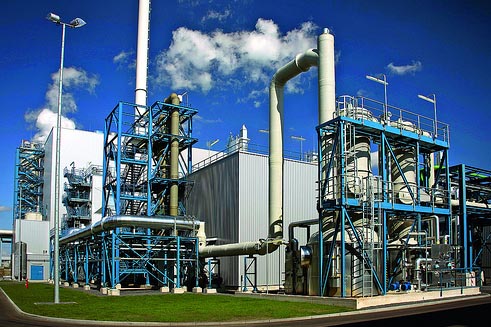Today, MongaBay reports that sequestering carbon underground may result in increased earthquakes, releasing the carbon. According to Stanford geophysicist Mark Zoback, CO2 injected into the earth can activate faults. And although the earthquakes triggered by such injections would only be “moderate,” as someone who lives in the Bay Area, I’d love to find a non-earthquake related alternative. At any rate, as Zoback points out, there’s too much carbon to shove it all underground, even if we wanted to.
Though humans are trying to find ways to store CO2 and other greenhouse gases, they aren’t the only ones producing them. In fact, as this piece in Wired mentions, volcanoes released a huge amount of greenhouse gases 250 million years ago, a release that is suspected of causing climate changes that triggered a mass extinction. The extinction event, called the Permian-Triassic Extinction, killed 90% of all marine species and 70% of all terrestrial species and was more devastating than the one that killed the dinosaurs.
Some scientists say that due to human-related climate change, we’re on track to see another huge extinction event. Despite the discovery new species, like this adorable lemur, we’re still expected to see around a quarter of all species go extinct or close to it by 2050. And that 25% estimate is not inclusive of any releases from huge volcanic events or earthquakes. “These estimates show the importance of rapid implementation of technologies to decrease greenhouse gas emissions and strategies for carbon sequestration,” the authors of a key paper on species extinction wrote in 2004. Six years later, the US government has been leaning toward underground sequestration, slating $4 billion for carbon storage and capture and recently giving close to $600 million for capture technology research and development. But even if the US (one of the top GHG emitting countries, incidentally) does find a way to sequester a significant amount of carbon underground, with the chance of earthquakes, life-snuffing leaks, and unknown environmental effects, it’ll be a hard job convincing the people living above the proposed carbon stores that the technology’s benefits outweigh its downsides.














